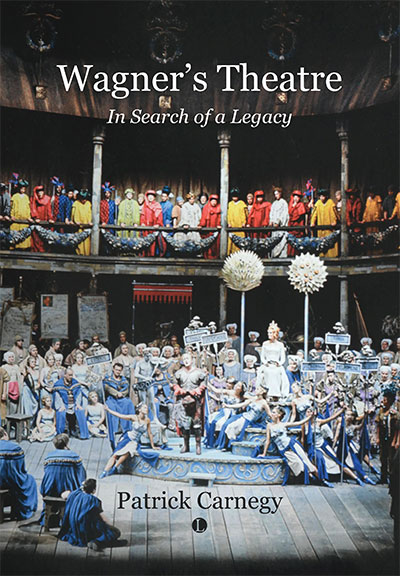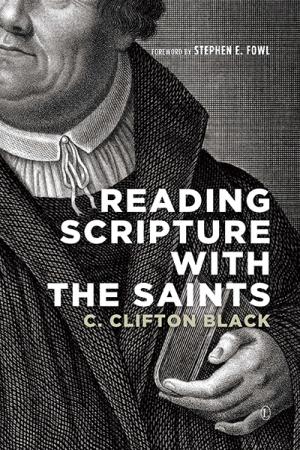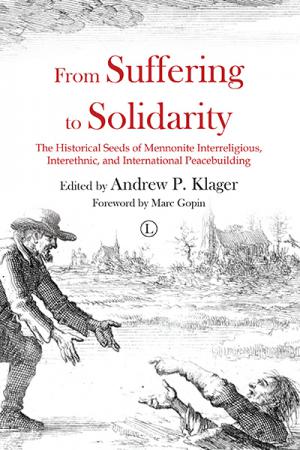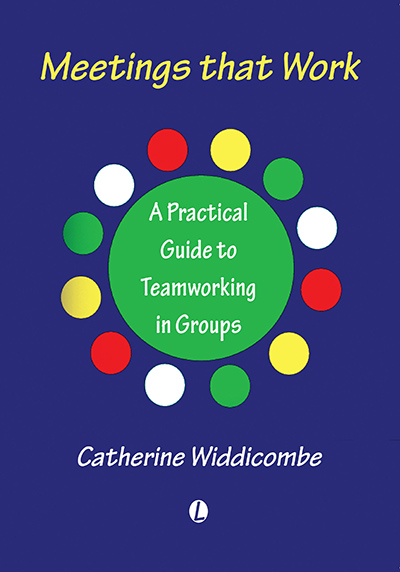Description
In Wagner’s Theatre, Patrick Carnegy presents the turbulent story of Wagner and his interpreters over the course of the twentieth century. Carnegy gives vivid accounts of Gustav Mahler’s radical reinvention of the Wagnerian stage, and of the post-war rehabilitation of Wagner and his work after Hitler’s appropriation. He also offers sharply written reappraisals of those great Wagnerian conductors Klemperer, Toscanini, Karajan and Solti.
Carnegy provides revealing accounts of the inside-workings of the Royal Opera House and of English National Opera at troubled points in their recent history. In a fascinating conversation with Sir Michael Tippett, the composer talks with unique authority about the problems facing would-be musical dramatists today. Wagner’s Theatre is an essential insight into how interpretations of Wagner have developed, and how we can respond to them.
About the Author
Since 1967 and his first visit to Bayreuth for The Times, Patrick Carnegy’s principal research interest has been the stage history of Wagner’s works. He was the first person to be appointed Dramaturg (literary and production adviser) at the Royal Opera House and was Stratford-upon-Avon theatre critic for The Spectator, 1998 – 2013. Dr Carnegy’s books include Faust as Musician: a study of Thomas Mann’s “Doktor Faustus” (1973), and the critically acclaimed Wagner and the Art of the Theatre (2006), which won a Royal Philharmonic Society Music Award, and, in the USA, a George Freedley Memorial Award for its ‘outstanding contribution to the history of the theatre’.
Contents
Introduction by John Deathridge
Prelude
Part One: The Master’s Dream
1. Wagner and his Shakespeare
2. Reckoning up the Ring: a Mathematician’s Diary of Bayreuth 1876
3. Designs on the Ring: the Mystery Surrounding Josef Hoffmann’s Sketches Unravelled
Part Two: Arts of Interpretation
4. Tristan und Isolde, Vienna 1903: ‘Wie hör’ ich das Licht!’ (Gustav Mahler and Alfred Roller)
5. Damming the Rhine (Patrice Chéreau’s Ring at Bayreuth 1976)
6. Reinventing Wagner after Hitler (Wieland Wagner, Joachim Herz, Patrice Chéreau and Hans- Jürgen Syberberg)
7. A Touch of Wagnermania
Part Three: A Quartet of Conductors
8. Toscanini: Champion of the Divine Art
9. Klemperer: Sufferings and Greatness
10. Karajan: The Conductor as Supreme Being
11. Solti: Still Climbing the Mountain
Part Four: Opera Backstage: the Dramaturg’s Story
12. Phantom at the Royal Opera
13. Blood on the Carpet: English National Opera in Retrospect
14. Michael Tippett on Opera (A Conversation with the Composer)
Selected Writings
Index
Illustration Credits
Endorsements and Reviews
This is a book for all who love Opera – that combination of music, drama, word and song, story-telling and the deep workings of the unconscious. Who better than Patrick Carnegy to investigate this mysterious and elusive world? He delves into German Shakespeare, the first Ring of 1876, Mahler and Roller’s ‘right to come up with answers undreamt of by the composer’, through to more recent times – four great conductors, Opera in London, and Michael Tippett. All endlessly fascinating.
Sir John Tomlinson, Wagnerian bass-baritone
Wagner’s Theatre is a front-row report of the landmark stagings of Wagner´s work, interspersed by new discoveries around stage design and technology. Carnegy’s description of highlights from the productions is a stimulating exploration into the historical, musical, and political background of Wagnerian opera-staging, and thoroughly engaging reading. It is entertaining, but also highly informative for Wagner fans and experts alike.
Eva Rieger, author of Minna Wagner: A life, with Richard Wagner
A treasure trove of fascinating insights, this engaging book explores Wagner’s theatre from many different angles. At its heart is a tantalisingly evocative chapter on the groundbreaking 1903 Mahler/Roller Vienna production of Tristan und Isolde, as well as vivid assessments of productions by Herz, Wieland Wagner and Cherau, and a brilliant elucidation of Syberberg’s 1982 Parsifal film. Finally, there is a lovely quote by Michael Tippett of having learnt from Wagner how to fill the stage with music (the glorious sunlit opening of Act 2 Midsummer Marriage).
Anthony Negus, Conductor, Coach, Music Director Longborough Festival Opera
Carnegy writes with all the authority and insight one might expect from someone so intimately involved with the theory and practice of opera production over a long and distinguished career. Wagner’s Theatre is simply a ‘must have’ for anyone interested in not just Wagner himself but also the wider history of, and possible future for, opera as drama. This is a wonderful collection of essays, offering us a cornucopia of fine scholarship, sharp critique, and pragmatic observation, all beautifully written and illustrated.
Peter Tregear, Conductor and Principal Fellow, Melbourne Conservatorium of Music
About [Carnegy’s 2006 book] Wagner and the Art of the Theatre, Pierre Boulez said . . . that he truly believed it to be ‘one of the best documented publications in all the recent literature on Wagner.’. It still is. With even richer documentation, a third of it this time in colour, this new book ventures into broader ramifications of Wagner’s legacy.
John Deathridge, from his Introduction to Wagner’s Theatre
Patrick Carnegy gives vivid accounts of the radical reinvention of the Wagnerian stage, and of the post-war rehabilitation of the composer and his work after Hitler’s appropriation.Mastersingers newsletter, April 2024
Carnegy’s elegantly written, cogently argued book is…a celebration of over a century’s inspiring achievements in the field of Wagner staging…It should be read by anyone interested in the history of Wagner production or who cares about the way these works are mounted today.Simon Williams In Wagner Notes, Journal of Wagner Society New York, Volume XLVIII, No. 4, July 2024
Thanks to Wagner’s Theatre, we know that Pringsheim defended the master’s creation by striking a sceptic on the nose with his beer mug, thereby earning the sobriquet “Schoppen-hauer” (tankard-brawler) and engendering that rarest of things, a good German pun. Better still, that Otto Klemperer, remembered in later life as the austere and gloomy colossus of the magisterial tempo, was soothed on his arrival in Los Angeles in 1933 by the wife of an orchestra manager who chirped “We’ll have to call you Klempie’.” “You may call,” came the reply, “But I won’t come.” Jonathan Gaisman In The Critic Magazine, 76, August/September, 2024
[…]the essays contained within the book are as incisive and enlightening as you would expect, the result of Patrick Carnegy’s lifelong engagement with the stage history of Wagner’s works.Tash Siddique in The Wagner Journal, Volume 18, Number 1, 2025.
Carnegy knows how to tell a good story. His book is for anyone interested in the subject and enjoys an approach that is both intellectually stimulating and entertaining, qualities that aren’t normally found together.Eva Rieger, WagnerSpectrum (Würzburg), October 2024
The book is beautifully produced, with good quality paper, attractive typesetting and presentation, along with plenty of colour and black and white images. In fact, to some extent the images are the drawcard, and the book allows readers access to illustrations and photos that they may not have otherwise seen.Rachel Orzech, Honorary Fellow at the School of Music, University of Queensland in Context Journal of Music Research, 50 (2024): 131-134.






